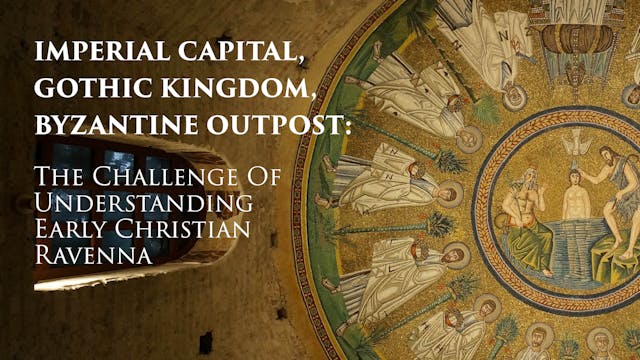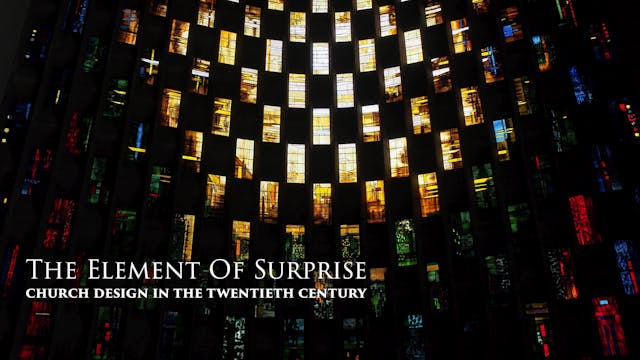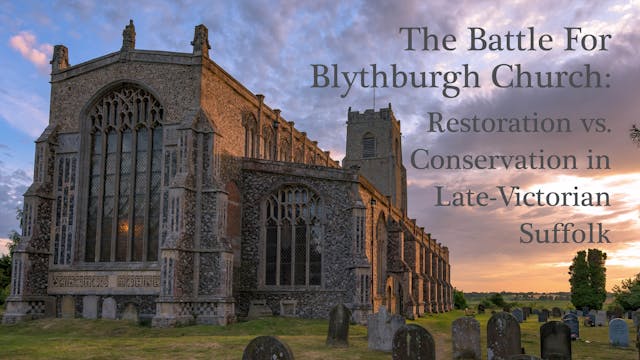Staying In Style: Architectural Fashion in Medieval Parish Churches
Architecture
•
1h 0m
Old parish churches are wonderful ways of experiencing the ways in which architectural tastes changed over many centuries. As well as being rewarding in their own right, these ever-shifting styles can be used to help put a date on the parts of a building as it develops. They also help make it a ‘time machine’ to medieval culture and medieval ideas. This lecture will outline the main identifying features of the succeeding styles- known as Anglo-Saxon, Norman or Romanesque, early Gothic or Transitional, Early English, Decorated and Perpendicular; it will also aim to give a picture of how these styles unfolded ‘in the present’, and how they might evoke the attitudes of the past.
Jon Cannon is a writer and architectural historian. His book on medieval style, ‘Medieval Church Architecture’, is available from Shire books. He also presented BBCTV’s ‘How to Build a Cathedral’ and wrote ‘Cathedral: the great English cathedrals and the world that made them’, ‘The Secret Language of Sacred Spaces: Decoding temples, mosques, churches churches and other places of worship’, and other titles. He is a Fellow of the Society of Antiquaries, Cathedral Historian at Bristol cathedral, and in demand as a lecturer and tour leader. His ‘Stones of Britain: Geology and history in the British landscape’ is out next Autumn.
Up Next in Architecture
-
Imperial Captial, Gothic Kingdom, Byz...
From AD 402 to 751 the small city of Ravenna, on the NE coast of Italy, became the capital of the Roman Empire in the West, then the centre of a Gothic kingdom and finally the western outpost of Byzantine government from Constantinople. During these centuries the construction of many early Christ...
-
The Element Of Surprise: Church Desig...
Many of you will be aware that Victorian elements are present in almost every church in Britain, but did you realise that this applies to the twentieth century too? Did you know that as many new churches were built in the 1960s as in the 1860s at the height of the Gothic revival? In this lecture ...
-
The Battle For Blythburgh Church: Res...
After decades of neglect, Blythburgh church, a grand fifteenth-century building in a small Suffolk village, was ‘mouldering into ruin’. In 1881 the church was closed as unsafe. Although the church was re-opened in 1884, proposals for restoration precipitated a twenty-five year long rancorous conf...



